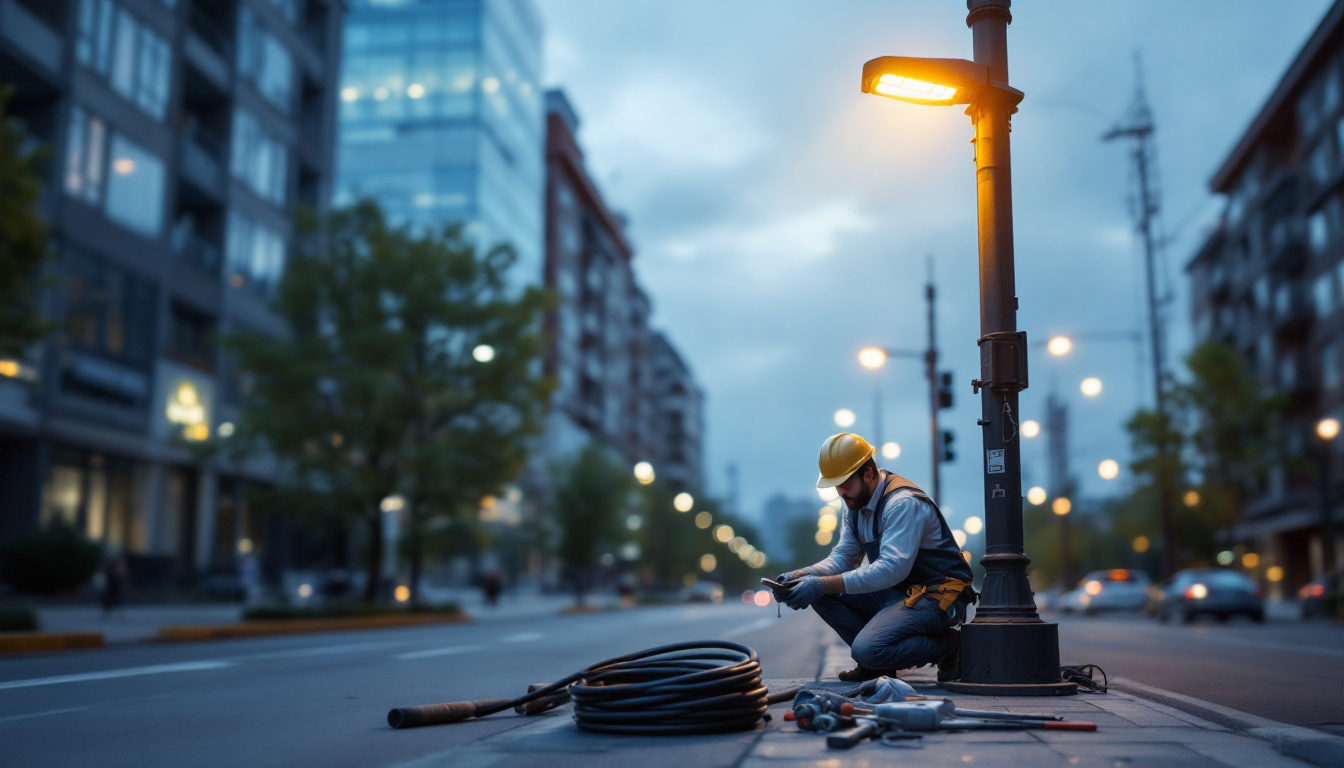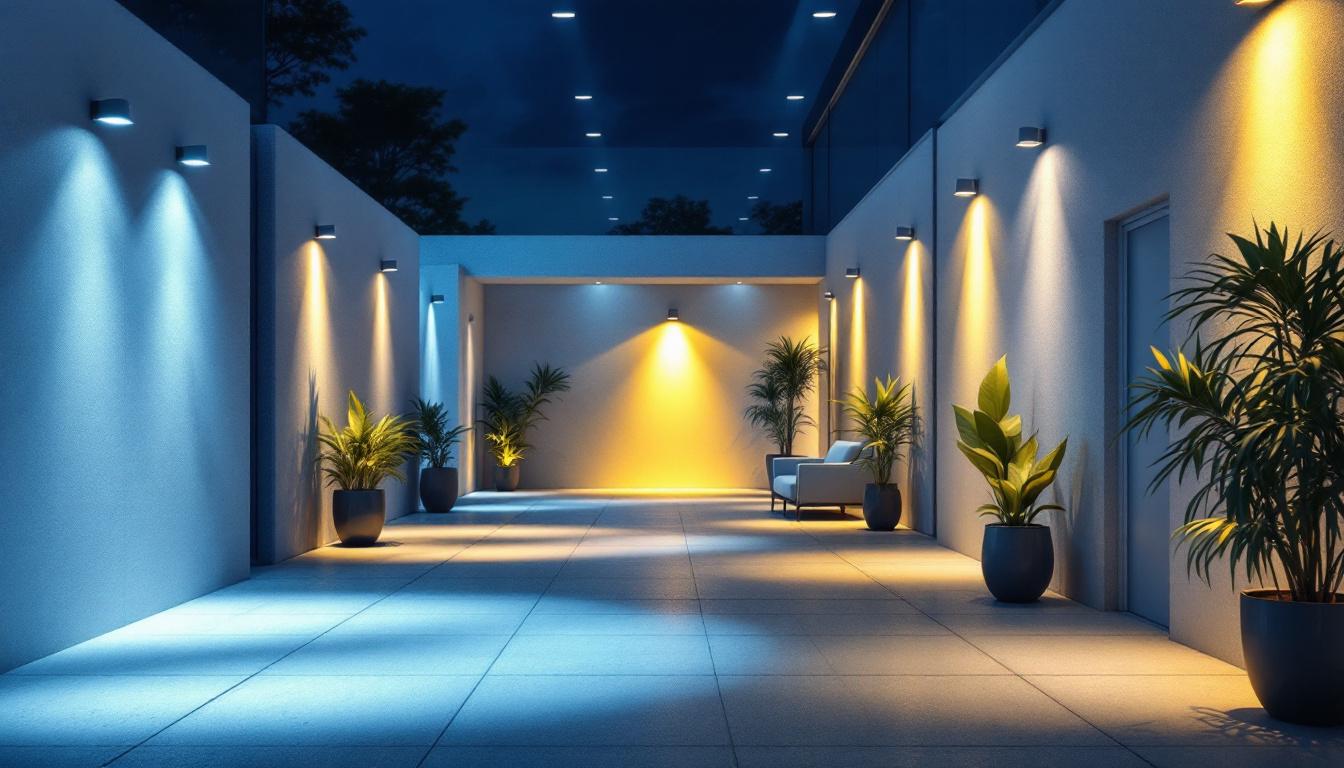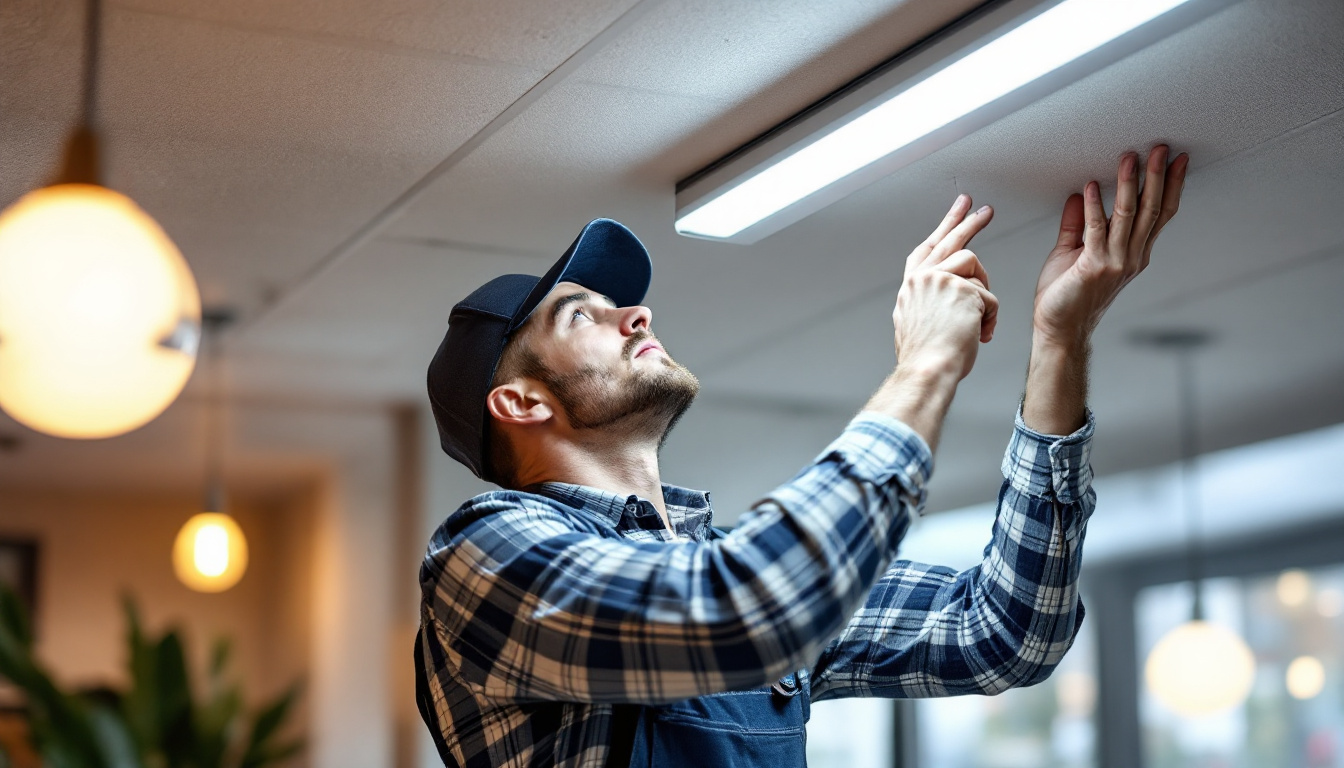
In the rapidly evolving world of lighting technology, LED lighting has emerged as a frontrunner, offering energy efficiency, longevity, and superior performance. However, the transition from traditional lighting systems to LED can pose challenges, particularly when it comes to the use of ballasts. Understanding the role of ballasts in LED systems is crucial for lighting contractors aiming to deliver high-quality installations that meet client expectations. This article delves into the best practices for using ballasts in LED lighting, ensuring contractors are well-equipped to tackle any project.
Ballasts are essential components in many lighting systems, traditionally used to regulate the current to fluorescent and HID lamps. With the advent of LED technology, the role of ballasts has evolved, leading to some confusion among contractors. It is important to clarify how ballasts work with LED lighting and why they are still relevant.
There are primarily two types of ballasts used in conjunction with LED lighting: magnetic ballasts and electronic ballasts. Magnetic ballasts are older technology, often found in legacy systems, while electronic ballasts are more efficient and provide better control over the lighting output.
In LED applications, electronic ballasts are typically preferred due to their ability to provide a stable current, which is vital for the performance of LED fixtures. They also offer features such as dimming capabilities and compatibility with smart lighting systems, making them a versatile choice for modern installations. Additionally, electronic ballasts can help reduce energy consumption, which is a significant consideration in both commercial and residential settings where energy efficiency is a priority.
One of the most critical aspects of using ballasts with LED lighting is ensuring compatibility. Not all LED fixtures are designed to work with ballasts, and using an incompatible ballast can lead to performance issues, including flickering lights or reduced lifespan of the LED components.
Contractors should always check the manufacturer’s specifications for both the LED fixtures and the ballasts to ensure they are compatible. This diligence not only enhances the performance of the lighting system but also minimizes potential warranty issues for the contractor. Furthermore, understanding the specific requirements of the LED technology in use can lead to more informed decisions regarding installation, ultimately resulting in a more reliable and efficient lighting solution. As the market continues to evolve, staying updated on the latest advancements in ballast technology and LED compatibility will be crucial for contractors aiming to deliver high-quality lighting solutions that meet client expectations.
When it comes to installing ballasts in LED lighting systems, following best practices can significantly impact the overall success of the project. From selecting the right components to proper installation techniques, each step plays a vital role in ensuring optimal performance.
The first step in any successful installation is selecting high-quality components. This includes choosing reputable brands for both LED fixtures and ballasts. Quality components are more likely to perform reliably and have a longer lifespan, which is essential for maintaining client satisfaction.
Contractors should also consider the specific requirements of the project, such as the type of LED fixtures being used and the intended lighting application. For instance, a commercial space may require different specifications compared to a residential installation. Understanding these nuances can help contractors make informed decisions when selecting ballasts. Furthermore, it’s advisable to check for compatibility between the ballasts and the LED fixtures, as mismatched components can lead to inefficiencies or even damage. Researching industry reviews and consulting with manufacturers can provide valuable insights into the best options available.
Wiring is a critical aspect of any lighting installation, and it is particularly important when integrating ballasts with LED systems. Proper wiring techniques not only ensure the safety of the installation but also optimize the performance of the lighting system.
Contractors should follow the manufacturer’s wiring diagrams carefully, ensuring that all connections are secure and properly insulated. Additionally, using the correct gauge wire is essential to prevent overheating and ensure efficient power delivery to the LED fixtures. It’s also beneficial to use color-coded wiring to simplify the installation process and reduce the risk of errors. Employing wire connectors that are rated for the specific application can further enhance the reliability of the connections, minimizing the chances of future maintenance issues. Regularly inspecting wiring for wear and tear can also prevent potential hazards and prolong the system’s lifespan.
After installation, testing and commissioning the lighting system is crucial. This process involves checking the functionality of the ballasts and LED fixtures to ensure they operate as intended. Contractors should verify that there are no flickering lights, that dimming functions work correctly, and that the overall lighting output meets the project specifications.
Conducting thorough tests not only helps identify any potential issues early on but also provides an opportunity to demonstrate the quality of the installation to clients, reinforcing their confidence in the contractor’s work. Additionally, documenting the testing process can serve as a valuable reference for future maintenance or upgrades. It’s also wise to educate clients on how to operate and maintain their new lighting systems, ensuring they understand the benefits of energy efficiency and how to troubleshoot minor issues. This proactive approach not only enhances client satisfaction but also fosters long-term relationships built on trust and reliability.
While the integration of ballasts with LED lighting systems can offer numerous benefits, it is not without its challenges. Understanding these common issues can help contractors proactively address them and ensure a smoother installation process.
One of the most common problems encountered when using ballasts with LED fixtures is flickering. This can occur due to compatibility issues between the ballast and the LED driver. In some cases, the ballast may not provide the necessary current regulation, leading to unstable output.
To mitigate flickering issues, contractors should ensure that they are using compatible components and that the ballast is rated for use with LED lighting. Additionally, implementing proper dimming controls can help achieve smoother transitions and reduce flickering during dimming operations. It’s also beneficial to conduct thorough testing post-installation to identify any flickering before the project is completed, as this can save time and resources in the long run.
Another challenge that contractors may face is overheating. Ballasts can generate heat during operation, and if not properly ventilated, this can lead to reduced performance and even failure. Ensuring adequate airflow around the ballast and following the manufacturer’s recommendations for installation can help prevent overheating.
Contractors should also be mindful of the ambient temperature in the installation area. In high-temperature environments, it may be necessary to select ballasts specifically designed for such conditions to ensure reliable performance. Furthermore, regular maintenance checks can help identify any potential overheating issues early on, allowing for timely interventions that can extend the lifespan of the lighting system. Incorporating thermal management solutions, such as heat sinks or cooling fans, may also be an effective strategy to enhance the longevity and efficiency of the lighting setup.
Compatibility with existing lighting systems can pose another significant challenge when integrating ballasts with LED lighting. Many older buildings may have outdated electrical systems that are not optimized for modern LED technology. This can lead to issues such as voltage mismatches or inadequate power supply, which can compromise the performance of the LED fixtures.
To address these compatibility concerns, contractors should conduct a thorough assessment of the existing electrical infrastructure before installation. Upgrading wiring or circuit breakers may be necessary to accommodate the new LED systems effectively. Additionally, utilizing LED retrofitting kits designed to work with existing ballasts can simplify the transition and minimize the need for extensive electrical modifications. This approach not only saves time but also helps maintain the integrity of the building’s original design while enhancing energy efficiency.
The lighting industry is constantly evolving, and advancements in ballast technology are no exception. Staying informed about these trends can help contractors remain competitive and provide the best solutions for their clients.
One of the most exciting developments in ballast technology is the rise of smart ballasts. These devices integrate with building management systems and allow for advanced control over lighting systems. Features such as remote monitoring, automated dimming based on occupancy, and integration with IoT devices are becoming increasingly popular.
Contractors who embrace smart ballast solutions can offer clients enhanced energy efficiency and improved lighting control, making their installations more attractive in a competitive market.
As energy efficiency regulations continue to evolve, manufacturers are developing ballasts that meet stricter standards. This shift is pushing the industry toward more sustainable practices, and contractors must stay updated on these changes to ensure compliance in their projects.
By selecting energy-efficient ballasts, contractors can help their clients reduce energy costs and minimize their environmental impact, aligning with the growing demand for sustainable solutions.
In the world of LED lighting, understanding the role of ballasts and adhering to best practices is essential for lighting contractors. From selecting the right components to ensuring proper installation and addressing common challenges, each step is crucial for delivering high-quality lighting solutions.
As the industry continues to evolve, staying informed about the latest trends and technologies will empower contractors to provide innovative solutions that meet the needs of their clients. By prioritizing quality, compatibility, and energy efficiency, lighting contractors can ensure their projects not only meet but exceed client expectations, paving the way for future success in the dynamic field of lighting design.
Ready to elevate your LED lighting projects with the best ballasts and fixtures on the market? Look no further than LumenWholesale, where we provide contractors with exceptional, spec-grade lighting products at unbeatable wholesale prices. Our commitment to quality and affordability means you can confidently meet and exceed your clients’ expectations without the burden of inflated costs. With our extensive selection and free shipping on bulk orders, you’re guaranteed to find the perfect lighting solutions for any installation. Don’t compromise on quality or value—visit LumenWholesale today and discover the ideal blend of performance and price for your next project.

Discover how Eti Lighting is transforming the industry by streamlining processes for lighting contractors.

Discover the essential insights lighting contractors need for successful LED street light retrofits.

Discover how outdoor directional lighting boosts efficiency for lighting contractors, improves energy savings by up to 30%, and enhances project precision—learn more now!.

Discover the ultimate guide for lighting contractors on replacing fluorescent lights with energy-efficient LED alternatives.